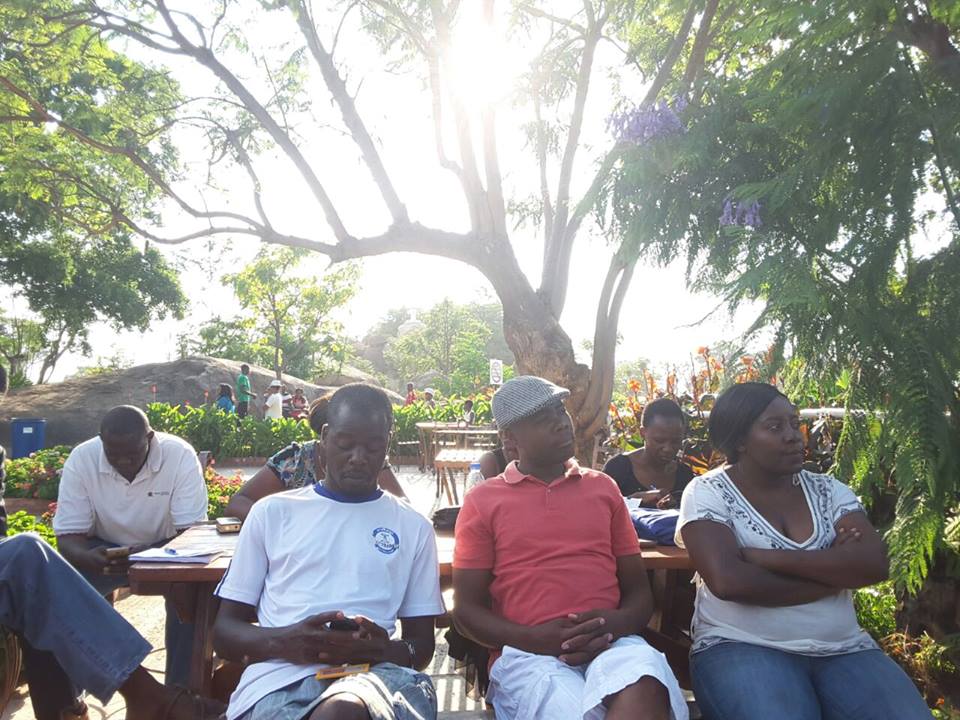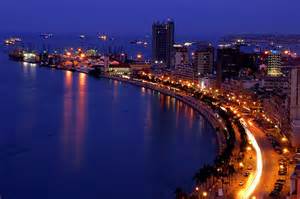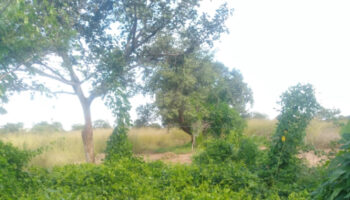Your favourite one stop business forum keeps giving you essential business information for decision making. We encourage members to look beyond traditional markets when looking for opportunities. This is one of the reasons why we have adopted Mozambique as one of our favourite countries. We chose Mozambique because little is known about the Portuguese Speaking country by Zimbabweans. Mention Mozambique and what quickly comes to mind are only negatives-from poverty, wars and suffering but take your time to analyse opportunities and you will be amazed to find that they exist in abundance. We even have some of our members who are carrying out mining and farming activities in the resource rich country to the East of Zimbabwe. We have toured the country on 3 occassions and the next trip is scheduled for June 2017 and we hope to travel to Beira.
Still on Mozambique, we have also covered Angola in the past and there are 2 articles on this site. The first one, an interview of a sister based in Angola who told us that a plate of sadza costs a minimum of $10 in Luanda, she also updated us with a lot of information on opportunities that exist in the country. She is currently back in Zimbabwe and hopes to go back after Angola’s general election. In the meantime, we have decided to share with you information about Angola that we obtained from the site www.export.gov.

Overview Agriculture accounts for 12 percent of Angola’s $102 billion GDP in 2015 and provides employment, both formal and informal, for more than two-thirds of Angolans, mostly at subsistence levels. Prior to the 1975-2002 civil war, Angola was a major exporter of coffee, sisal, sugar cane, banana and cotton, and self-sufficient in all food crops except wheat. The civil war disrupted agricultural production and displaced millions of people. Angola currently imports more than half of its food, with some estimates putting the figure as high as 90 percent. Angola is United States’ fifth largest market for poultry products in the world, and the third largest market in Africa for all agricultural exports.
Angola has the natural resources to be one of the leading agricultural countries in Africa, as its diverse and fertile ecology is suited for a variety of crops and livestock. However, the country currently only cultivates approximately 10 percent of its 35 million hectares of arable land. An estimated 90 percent of farms in Angola are small to medium in size and are used mainly for communal, subsistence farming. The agricultural commodities produced include cassava, bananas, potatoes, maize, sweet potatoes, citrus and pineapples.
The World Bank is currently developing a comprehensive agricultural sector development program for Angola anticipated to be in place by early 2017 that would greatly expand their role beyond their previous smallholder agriculture land rehabilitation and irrigation projects. Also, through an invitation from the Ministry of Agriculture the University of Texas A&M’s Borlaug Institute conducted an agricultural assessment in late 2015/early 2016 to access and provide recommendations for advancing Angola’s capacities in the areas of poultry, livestock, coffee, grain crops, and value chain development.
While chicken and pinto beans remain major US agriculture exports to Angola, these sales are down significantly in 2015 with further declines expected for 2016 due to the limited access to foreign exchange and increased food prices due to the increased costs of imported food and agricultural inputs resulting from local currency devaluation.
Processed Products (consumer-oriented food products)
In Angola, food is sold both through modern retail and informal channels. Local industry sources estimate that the informal market controls approximately 80 percent of agricultural produce retail sales volumes. Informal retail includes both small grocers as well as open air markets (locally called “Cantinas”). Since the civil war ended in 2002, importance of the informal market has declined especially in urban centers such as Luanda where formal retail is developing rapidly. The government is trying to formalize retail by establishing specific areas for open markets. In Luanda, municipal authorities are forcefully eradicating street venders with laws that impose fines for both vendors and buyers. Public health concerns are the main reason provided for the closures of informal open markets, as goods are often sold in poor condition, food is kept on the ground, without refrigeration and exposed to the sun, and expired goods are sometimes offered for sale.
As many other things in the country, shopping itself is not without challenges. Only a small percentage of Angola’s population owns a car, thus most people are dependent on overcrowded public mini-buses to reach hypermarkets and supermarkets. Consequently, the majority of the population prefers to shop close to home in open air markets or small grocers, which are perceived as offering fresher, less expensive food than hypermarkets and supermarkets. Even with convenient supermarkets opening in the past few years in the outer areas of Luanda, many Angolans feel more comfortable in informal markets. For this reason, local formal retailers have come up with various strategies to attract the informal market customer. Nosso Super, for example, opened its shops at locations near traditional market places. Hypermarket Kero, in turn, tries to make lower and middle income customers feel comfortable in its shops by playing loud Angolan music.
Changes in the consumer profile and demographics, increasing urbanization, improvements in infrastructure, and an increase in the number of international brands available in the Angolan market are driving rapid developments of the retailing landscape. Consumers across income levels are becoming more sophisticated and demanding in terms of variety and quality. In the past, Angolans were satisfied with small grocers selling dry goods, but now retailers are expected to offer frozen goods as well. Historically, Portuguese, Lebanese and Indians have been the dominant players in the Angolan grocery retail market; however, due to the economic downturn and scarcity of foreign exchange many of these third country traders are leaving Angola. South African supermarket chain Shoprite is expanding in Angola and new players are entering the formal retail space most recently hypermarket Candando owned by Angolan Isabelle Santos. Some supermarkets target wealthier Angolans and expatriates such as Casa dos Frescos that offers the greatest choice of fresh produce and higher quality standards.
Poultry Poultry is the most widely-consumed as well as the most affordable protein in Angola. Angola produces 36,000 tons of broiler meat per year, only 8 percent of total market demand of approximately 450,000 tons per year. Growers include subsistence farmers, smallholder producers supported by government and non-governmental projects, and commercial operations.
In 2015, Angola was the fifth largest market for US poultry and poultry product shipments by volume, and the fifth largest broiler meat market by volume. While significant, U.S. poultry exports to Angola declined by 40 percent since 2014 due to a lack of foreign currency availability for payments to international suppliers. Despite this current challenge, Angola remains a strong market opportunity for US frozen chicken leg quarters.
Wheat grain
In the 1960’s and 1970’s, Angola produced about 25,000 tons of wheat grain per year, mainly in the southern Huambo province. The civil war halted wheat production and destroyed flour milling capacity. As a result, wheat flour is predominately imported at a level of 519,000 tons in 2014.
With government encouragement and support, the private sector is trying to reestablish a wheat milling industry in Angola and through the Ministry of Industry is even partnering in a new flour milling operation at the Port of Luanda. The Port of Luanda has the capacity to store 40,000 tons in silos and the government is promoting an increase in storage infrastructures.
Several private companies pursuing wheat processing business in Angola express concern about the large variance in the import duty for wheat grain of 30 percent compared with 2 percent for wheat flour. Additional wheat milling projects underway in Angola include the Grandes Moagens de Angola project that will have the capacity to process 1,200 tons of wheat per day, Kwaba with the capacity to process 200 tons of wheat per day, and Cerangola with a 120 ton capacity.
![]()





